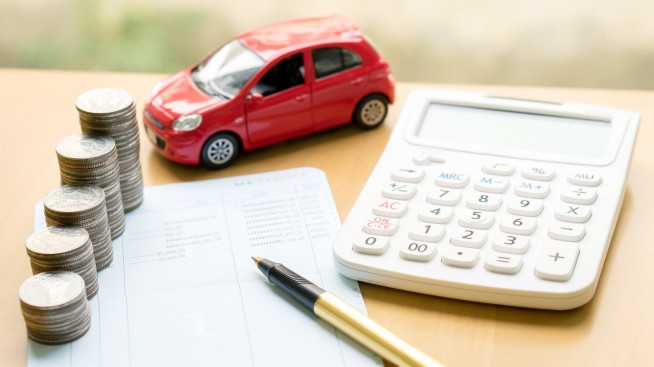Getting a lien release on your car

Buying and selling a car is usually a straightforward process, whether it’s with a private sale or at a dealership. Buyers and sellers find one another via the marketplace, agree on pricing and terms and — if everything checks out — the buyer drives off into the sunset. When the car in question has an outstanding lien on it, however, a lien release may be required. But what’s a lien release, and how does that change the car buying process?
What is a lien on a car?
First things first, let’s understand what a lien is. In simple terms, a lien is a legal claim over something of value. When you take out a loan to buy a car, the lender receives a lien on the vehicle — this allows them to repossess it if you don't make your loan payments. In this way, the vehicle itself is the collateral for the loan.
Once you’ve paid off your car loan in full, the lender — also called the lienholder — should contact your local Department of Motor Vehicles (DMV) to release the lien. Once the lien is released, they relinquish their right to repossess your car. Your obligation to them is over and the car is officially lien free.
What does a lien release do?
A lien release is when the lienholder formally gives up their claim to the vehicle’s title. It lets the car be bought or sold without strings attached. You’ll likely receive a lien release once you’ve paid off your car loan in full. There are some circumstances, however, where you’ll need one prior to that (more on that below).
Getting a lien release as a buyer
Let's say you’ve found a deal on a used car you just can’t pass up. Checking to see if it has a lien on it is relatively simple and might save you some trouble later. In an ideal world, the seller will act in good faith and be upfront about it. If not, you can look up the car’s vehicle identification number (VIN) on your local DMV’s database via their website, phone or in person.
If the car does indeed have a lien on it, the seller must resolve it with their lienholder before you buy the car. If the seller requires money from the sale to resolve an outstanding lien, you may also be able to arrange a payment directly to the lienholder. That way, the lender is paid, the lien is released, and you avoid future problems involving that lien.
Getting a lien release as a seller
In some circumstances, you may need to sell your car before you’ve been able to pay off the loan on it. Or there could be a lien on your car that you weren’t aware of. It’s rare but can still happen, especially in private sales where legal actions may have affected lien status. You may need to contact an attorney in this situation. Either way, you’ll need to have all liens satisfied and released before you can sell the car. Here’s how:
- Check the lien status: Look up the vehicle’s title information on your local Department of Motor Vehicles’ database to see if there are any liens on it. This can usually be done online.
- Determine the outstanding lien balance: After determining the car’s lien status, the next step is to contact the lienholder(s) to see what amount you’ll need to cover the lien or what other terms must be met for lien release.
- Settle the balance: In most cases you’ll have to resolve the lien on your own by paying money to the lienholder.
- Verify release: Once the lienholder has been paid off, they should contact the DMV to let them know the vehicle's title needs to be updated. The title is then transferred to you or your buyer, depending on the specifics of your sale. You may want to follow up with the lienholder to verify the release went through. As an added measure, consider checking the status directly with the DMV.
In summary
Lien releases might sound a little unfamiliar at first, but with a little research, you might notice that they’re not too intimidating. Whether you’re a buyer or a seller, checking the lien title status could potentially save you some unpleasant surprises later on and give you some peace of mind.



